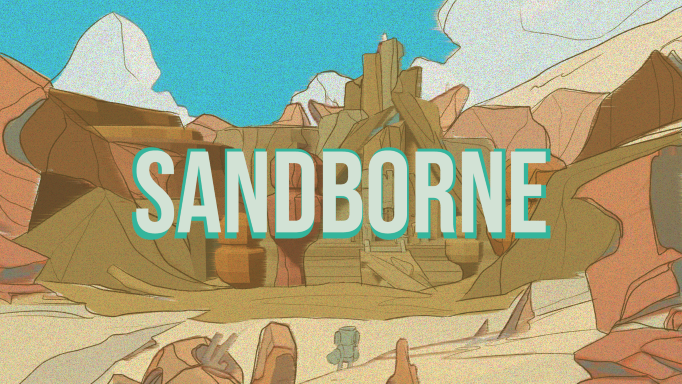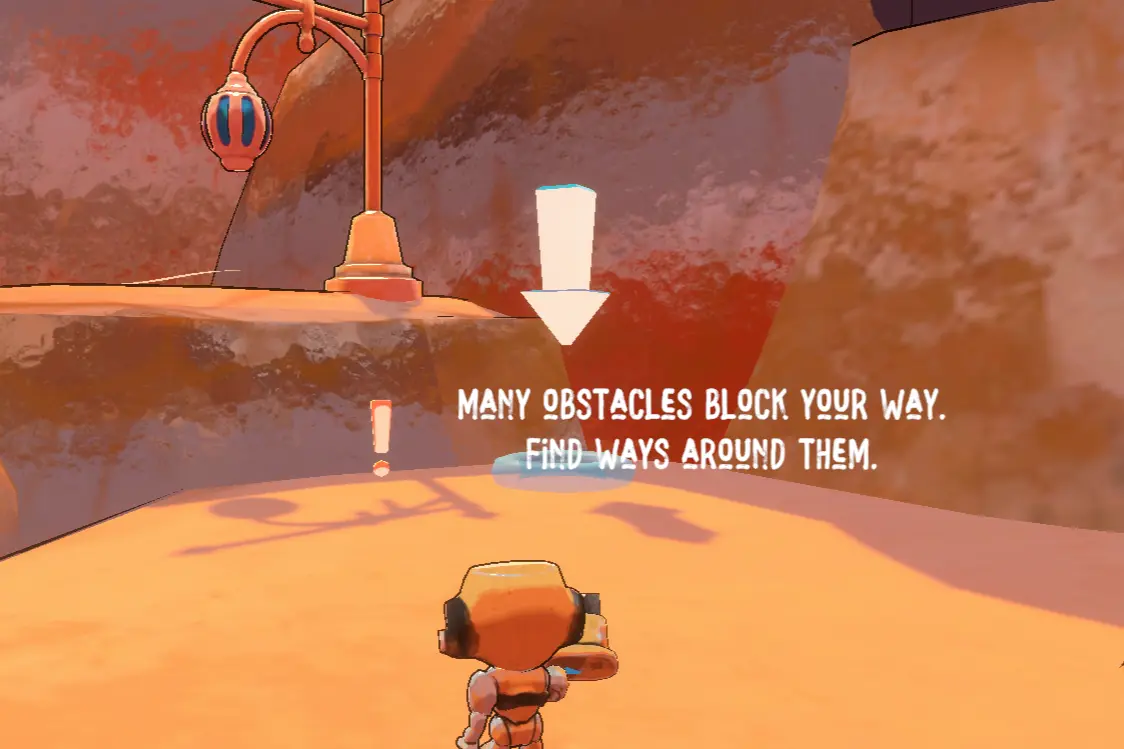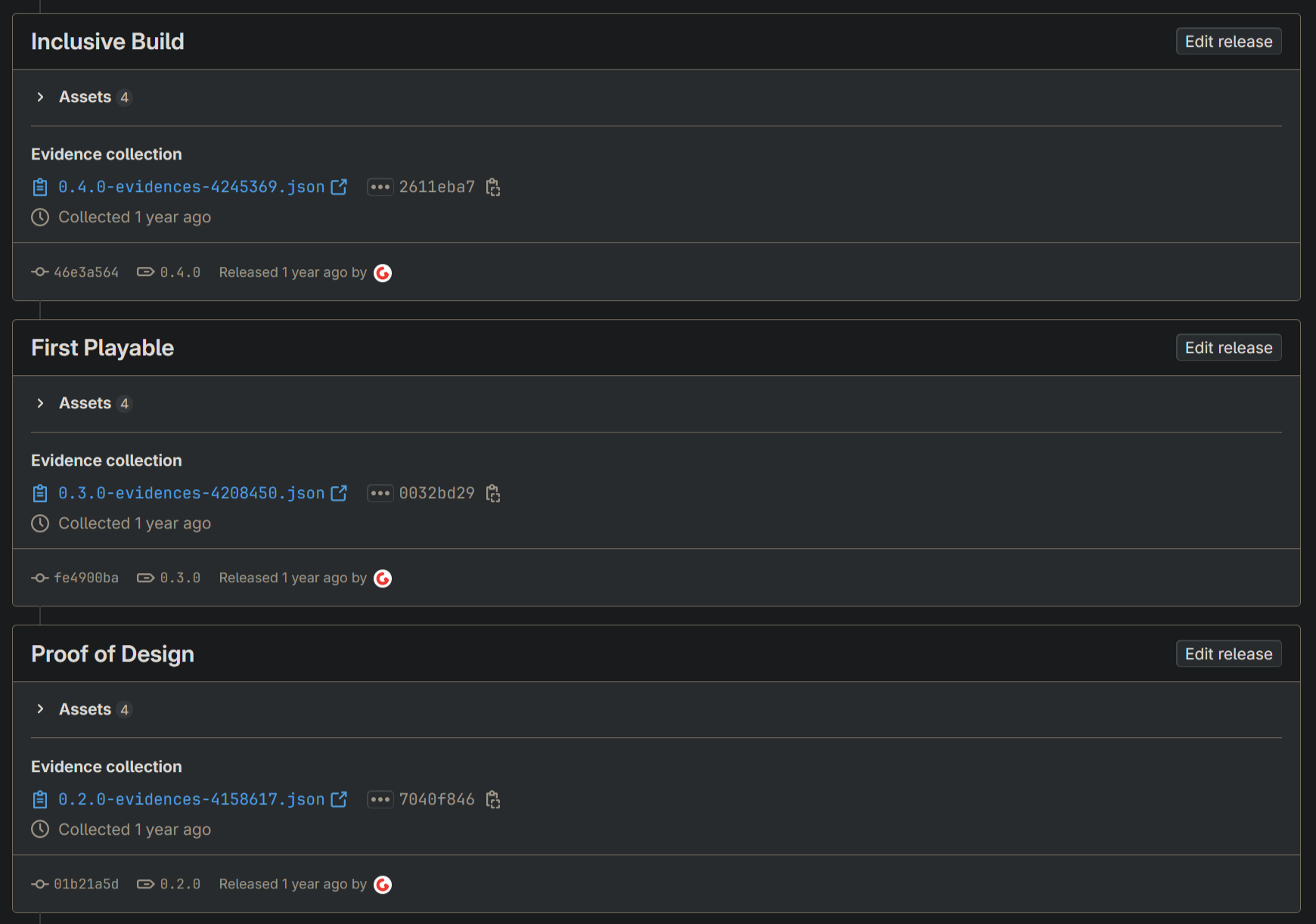Sandborne
Sandborne was my team senior capstone project for the 3D Game
Development Capstone at UT Austin. I worked with a six person team
where I served as the Tools and AI Programmer and Release
Engineer. Sandborne allowed me to develop my skills in Unity,
Graphics, AI, and Tools Development.
We completed Sandborne in one semester, roughly three months, and
shipped to itch.io with Windows, MacOS, and Web builds. Below are
parts of Sandborne that I worked on. You can also play for
yourself!




